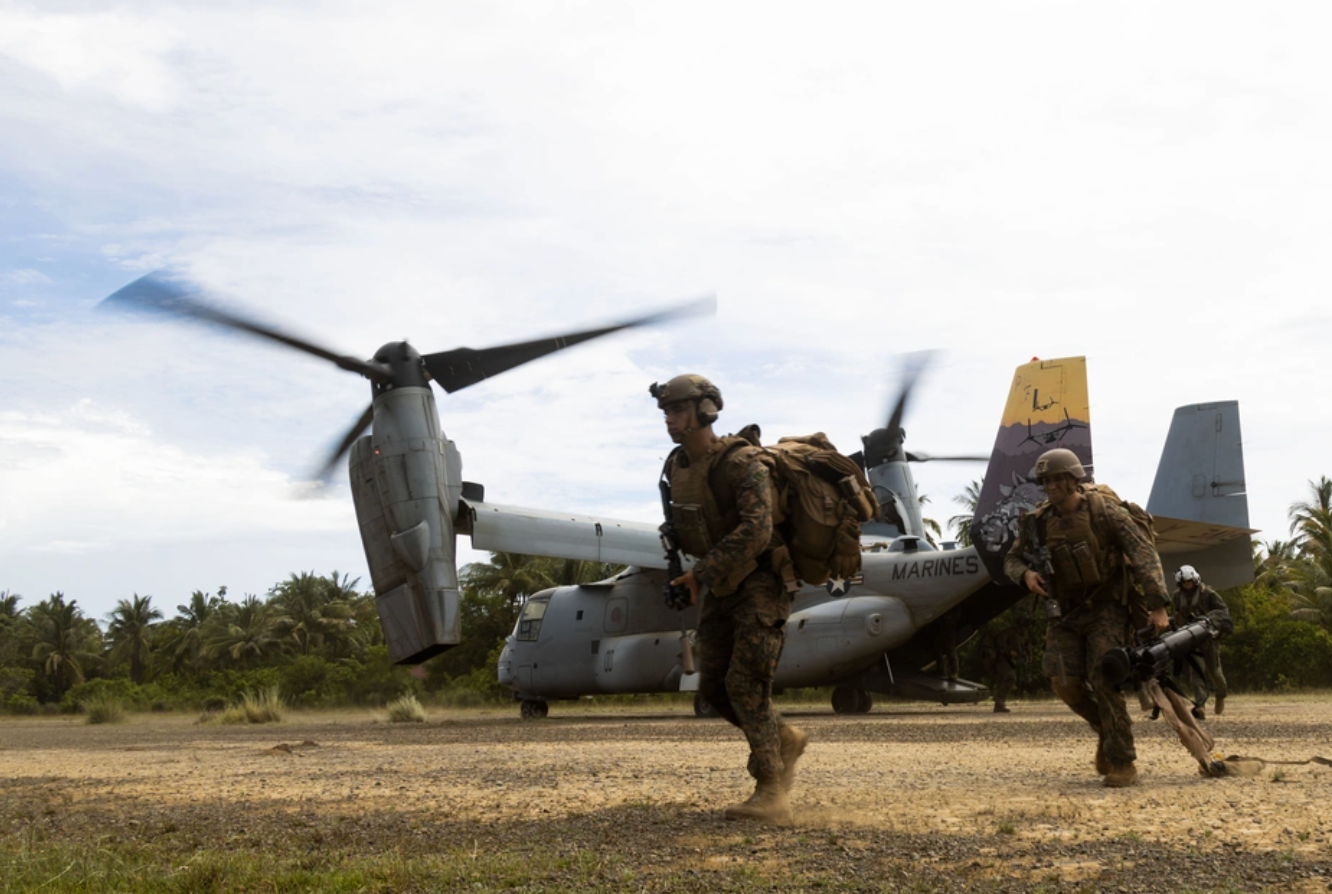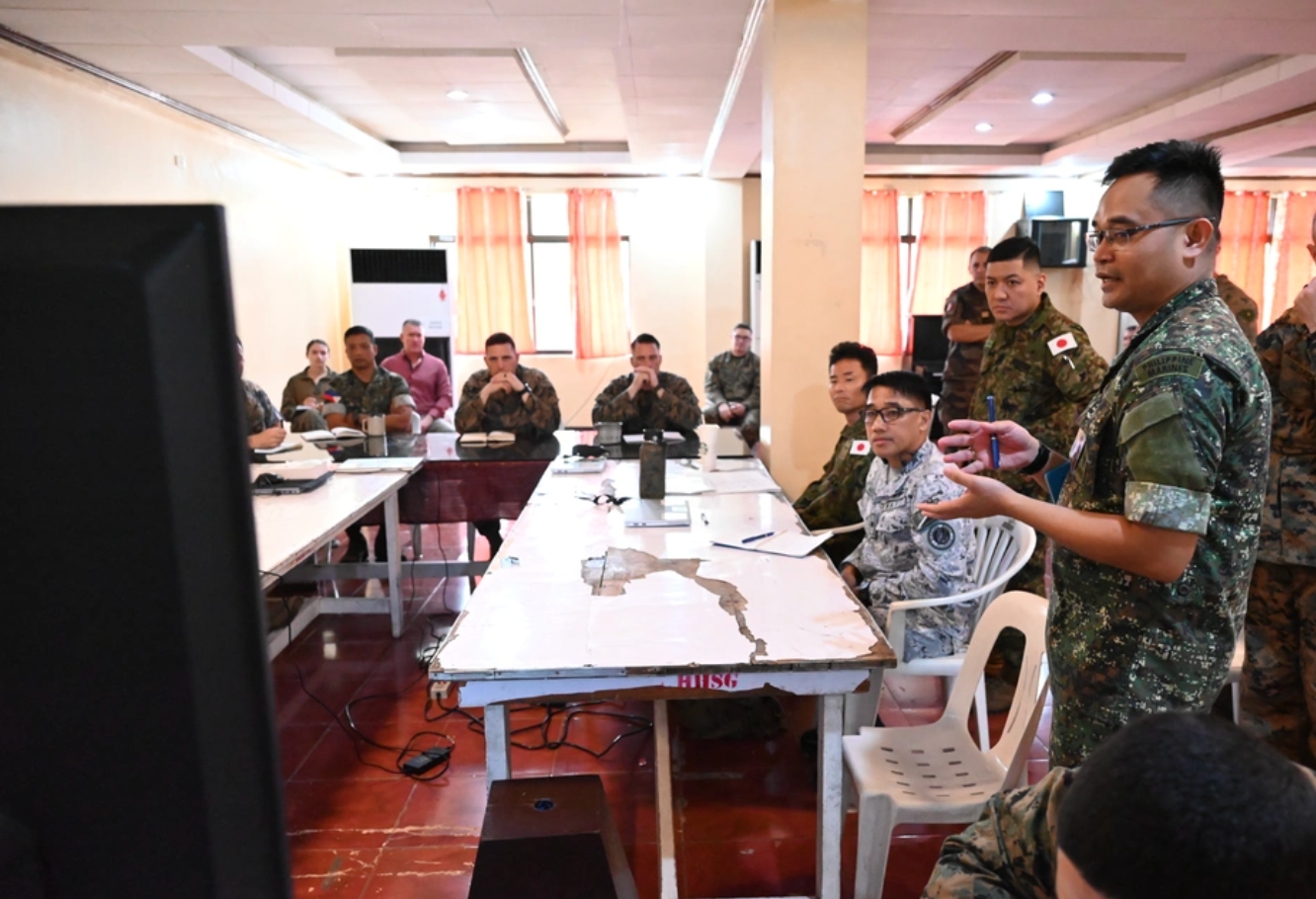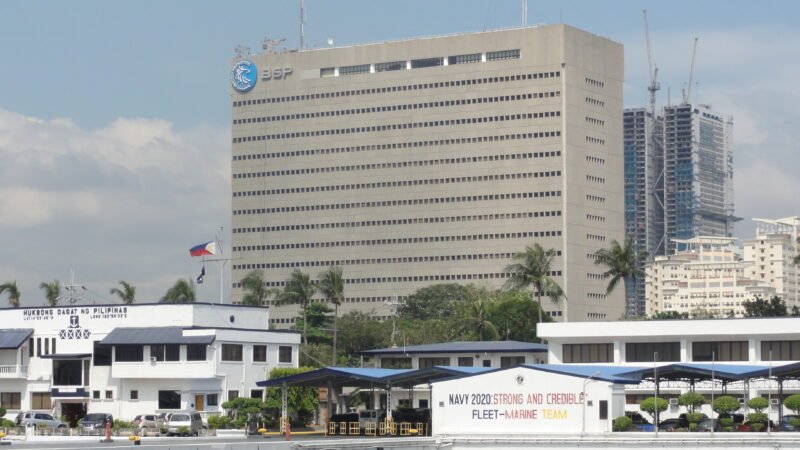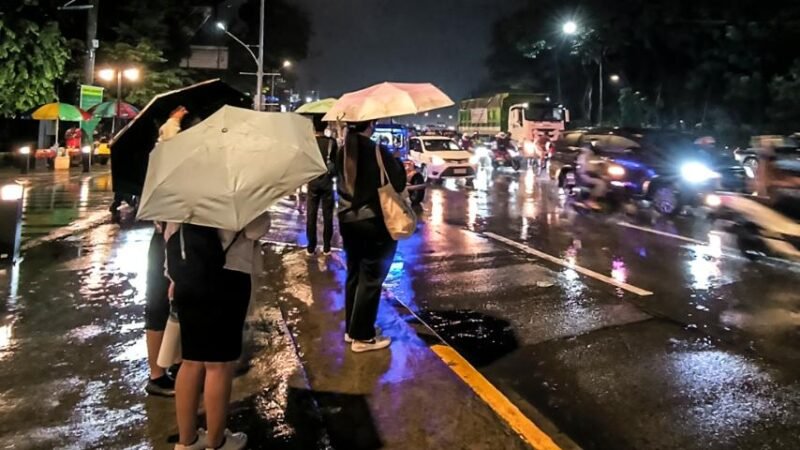Allied Forces showcase unmatched strength and precision in KAMANDAG 9 CJADO

In a bold display of multinational coordination and allied strength, U.S. Marines with Marine Rotational Force – Darwin (MRF-D) 25.3, operating as I MEF Forward, spearheaded a Combined Joint All Domain Operation (CJADO) during Exercise KAMANDAG 9 on June 1, 2025. This large-scale simulation brought together forces from the United States, Philippines, Japan, and South Korea, executing joint precision fires and humanitarian maneuvers across key Philippine terrain.
Precision Strikes and Multinational Maneuvers
MRF-D 25.3, acting as a regimental-level Marine Air-Ground Task Force (MAGTF), planned and executed multi-phased constructive kill (CK) scenarios supporting live troop movements. These simulations, though not involving live munitions, replicated high-stakes targeting, long-range fire coordination, and maritime denial. Elements from 3rd Marine Littoral Regiment deployed the Navy Marine Expeditionary Ship Interdiction System (NMESIS) in Batanes, while U.S. Army’s 1st Multi-Domain Task Force (MDTF) delivered simulated precision strikes off Palawan, neutralizing notional threats and clearing the way for ground troop insertions.
Following these strikes, a joint force of U.S. Marines, Philippine Marine Corps units, and Japanese and Korean troops conducted a bilateral amphibious landing near Berong, simulating a humanitarian response effort. Marines performed casualty evacuation exercises supported by Japanese Role I medical teams and MRF-D’s Combat Logistics Battalion 1. As a live-fire capstone, fortified positions were established to repel simulated amphibious threats, closing the full kill chain from detection to defense.
Cyber Defense, ISR, and Command Integration
Supporting these operations were crucial cyber and command elements. MRF-D’s Defensive Cyberspace Operations-Internal Defensive Measures (DCO-IDM) team ensured uninterrupted data flow and system integrity during mission-critical windows. Simultaneously, joint ISR platforms, including unmanned aerial systems, allowed real-time coordination of targets across over 1,000 kilometers of Philippine terrain.
All operations were centrally orchestrated by the MAGTF’s Fires and Effects Coordination Center (FECC), integrating Philippine Navy and Coast Guard vessels to complete a shared maritime surveillance network. This cooperation underscored the tactical and strategic relevance of the Philippines’ archipelagic geography in future Indo-Pacific contingencies.
KAMANDAG 9’s CJADO validated the effectiveness of the Archipelagic Coastal Defense Concept, elevating the Philippines’ role in regional security. “This wasn’t just a simulation—it was a proof-of-concept for real-world maritime defense,” said Col. Jason Armas, MRF-D 25.3 commanding officer.




